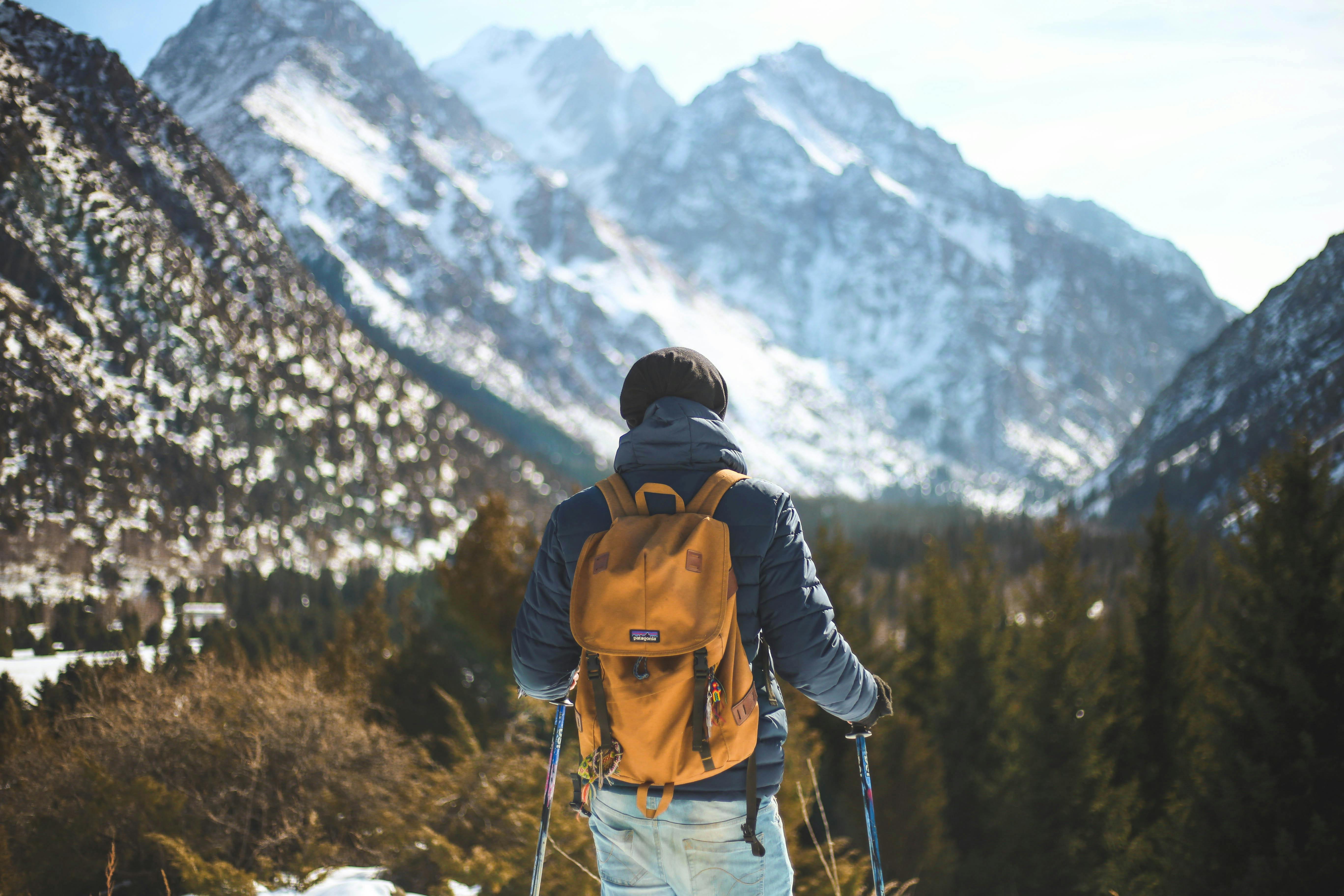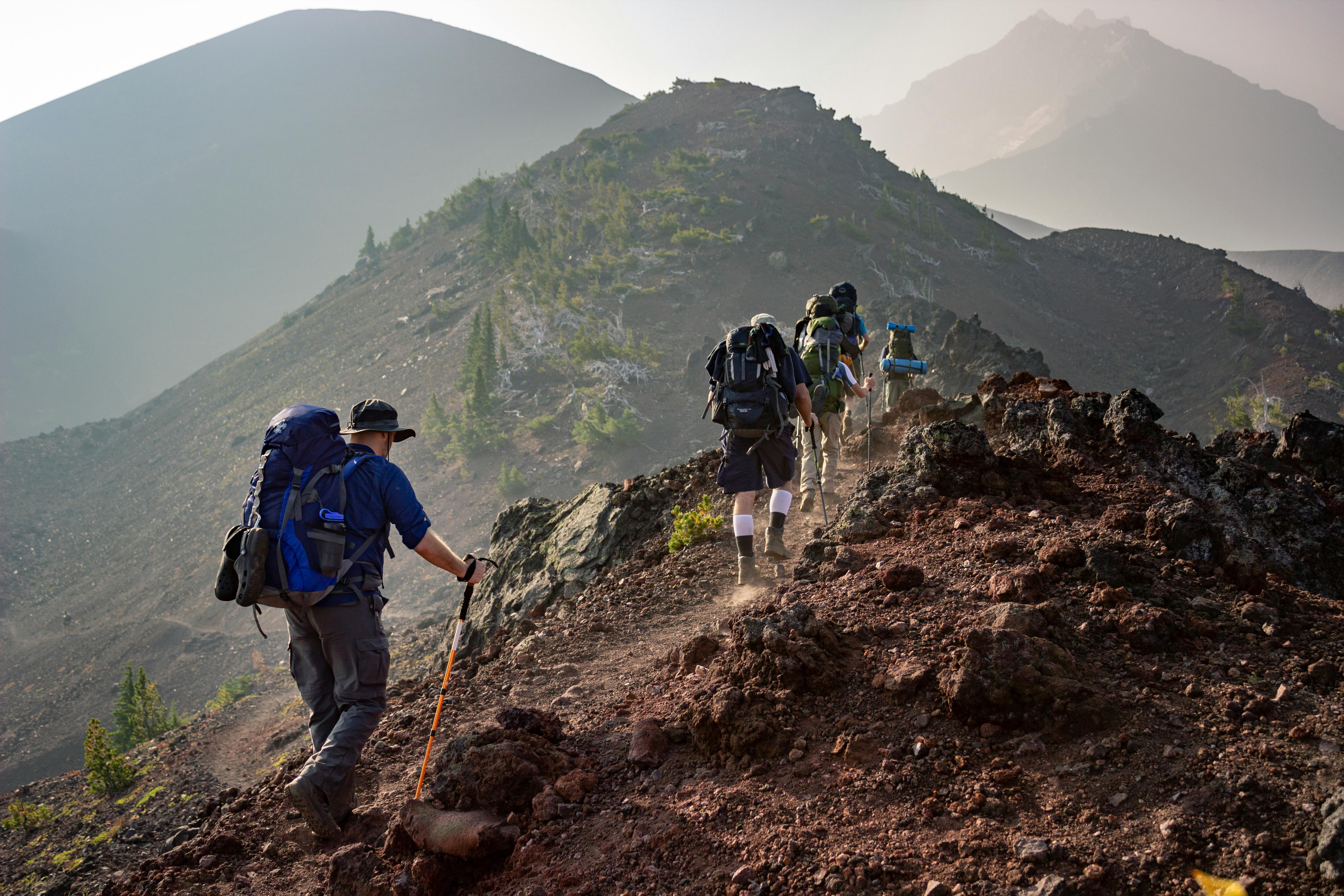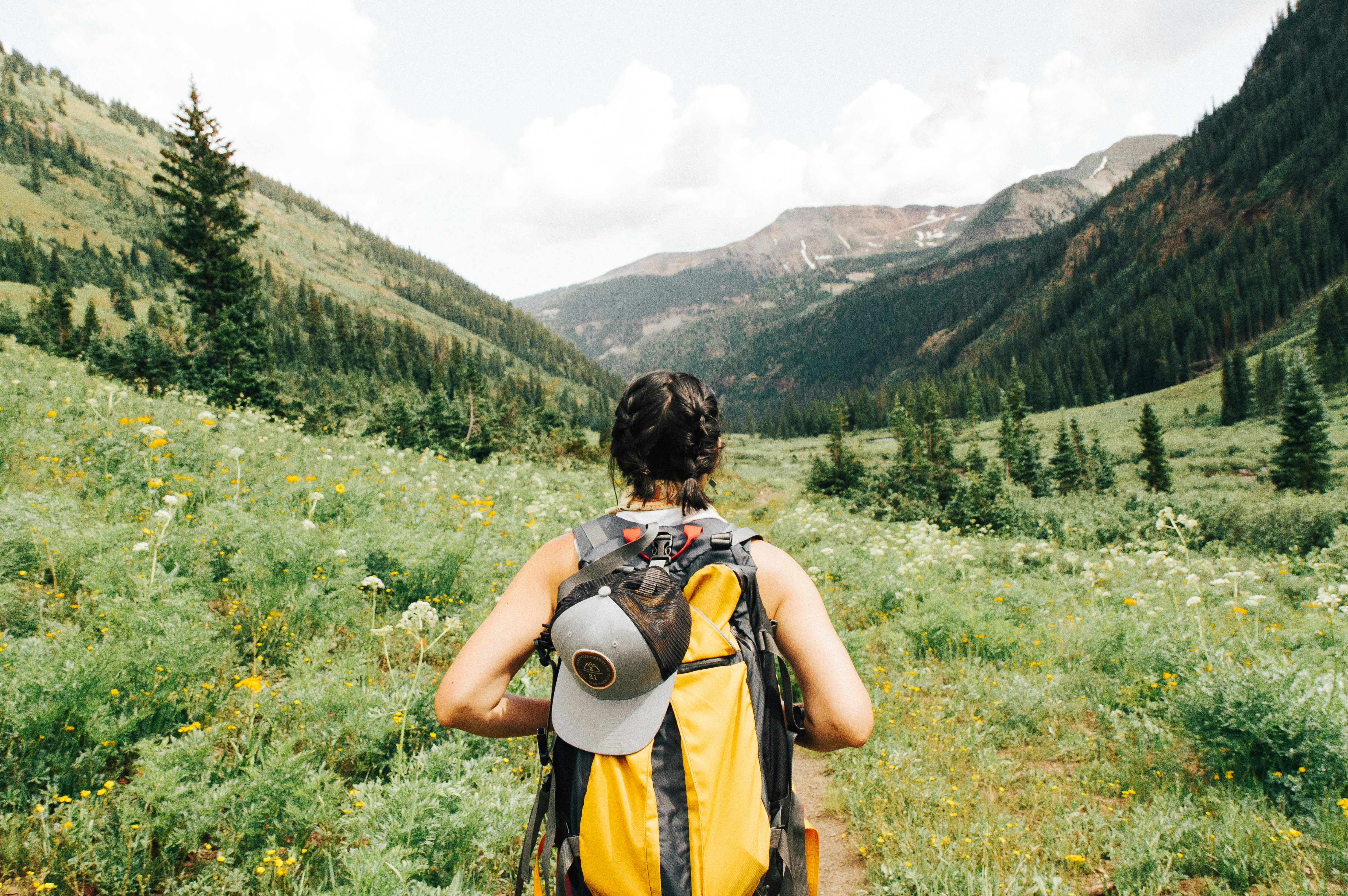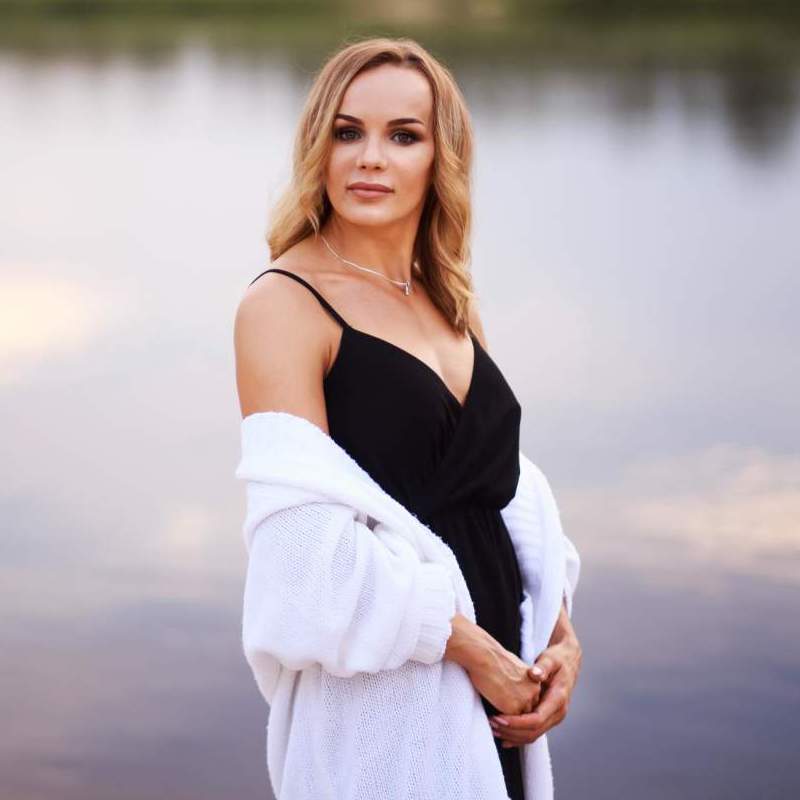What to Wear Hiking: A Complete Guide for Any Season
2025-05-26
When you're heading out on a hike, knowing what to wear hiking can make the difference between a great experience and a miserable one. The trail, weather, and difficulty level all affect your gear choices, so having the right clothing isn't just about style—it's about comfort, function, and safety. This guide walks you through what to wear when hiking across seasons, terrains, and trail types.
What to Wear Hiking in Different Seasons

Knowing what to wear hiking in each season helps you stay comfortable, safe, and ready for anything the trail brings. From sunny days to freezing mornings, your clothes should match the environment.
Warm Season Hiking Clothes
In warmer months, breathability and sun protection are key. Lightweight shirts with moisture-wicking fabric are among the best hiking clothes you can pack. Choose light-colored tops that reflect heat, and wear shorts or quick-drying hiking pants. For added protection, consider long sleeves and wide-brimmed hats. These aren’t just appropriate hiking clothes—they help prevent sunburn, overheating, and bug bites.
Cold Season Hiking Clothes
When it’s colder, layering is everything. Start with a base layer that keeps moisture away from your skin, add an insulating layer like a fleece or light puffer jacket, and finish with a waterproof, wind-resistant shell. These layers allow you to adjust as you move or weather shifts. Knowing what to wear when hiking in cold weather is about staying warm without overheating. Insulated gloves, wool socks, and a neck gaiter also make a big difference.
Best Hiking Clothes for Long or Challenging Trails
The longer and tougher the trail, the more your clothing matters. It's important to choose gear that won't slow you down or wear out quickly, especially when conditions can shift over time. If you're heading out for hours or tackling rugged trails, your gear has to work harder. Stretchy, abrasion-resistant fabrics and reinforced seams offer durability. The best hiking clothes for these hikes include well-fitted pants, breathable shirts, and lightweight jackets you can stuff into your pack. Footwear matters too, but so does your clothing—you want layers that can keep up with your pace without chafing or restricting movement. Bring along appropriate hiking clothes that dry fast and can transition well through changing temperatures.
Appropriate Hiking Clothes for Different Terrains

Not all trails are created equal. Some require extra protection, while others call for lightweight agility. Picking appropriate hiking clothes helps you move confidently across a variety of landscapes. Rocky slopes, muddy trails, or forested paths each call for specific gear. What to wear hiking in a dry desert trail differs from what you’d wear in a rainy forest. In rocky areas, choose clothing that can handle abrasion, and avoid anything that snags easily. For wet or marshy trails, waterproof outer layers are part of the appropriate hiking clothes you’ll want to include. No matter the terrain, function should always lead your wardrobe choices.
Forest Trails
Forested paths can be humid, buggy, and unpredictable. Wear long sleeves and pants made of lightweight, breathable fabric to protect your skin from insects and brush. A brimmed hat and insect-repellent clothing are smart additions. Waterproof boots with good grip help navigate slippery roots and damp undergrowth.
Mountain Hikes
Mountain weather can change quickly. Layering is key. Start with moisture-wicking base layers, add an insulating fleece, and top it off with a windproof and waterproof shell. Gloves and a beanie might also be necessary—even in warmer months. Durable pants with stretch give you better mobility on steep climbs.
Desert Trails
Desert hikes expose you to sun and heat, so opt for light-colored, UV-protective clothing. Long sleeves and pants made from breathable, quick-drying fabric will shield you from the sun while keeping you cool. A wide-brimmed hat and sunglasses are essential, and don’t forget a lightweight neck gaiter for added sun and dust protection.
Marshes and Wetlands
For soggy or marshy areas, waterproof footwear is critical—consider gaiters to keep water and mud out. Quick-drying synthetic fabrics work best for clothing. Avoid cotton, which retains moisture and can weigh you down. A rain jacket with good ventilation will keep you dry without overheating.
Clothes to Wear Hiking for Layering and Weather Changes

Layering is one of the smartest strategies when deciding what to wear when hiking. It allows you to adapt to quick shifts in temperature and keeps you prepared without overpacking. The weather on a trail can change fast—sunny one minute, windy the next. That's why knowing what to wear hiking isn't just about the current forecast. Dress in layers you can easily add or shed. Breathable base layers, thin fleece mid-layers, and packable rain jackets are all clothes to wear hiking that give you flexibility. Don't forget a backup pair of socks or a compact insulating vest that fits in your daypack. A change in wind or elevation can make even short hikes feel different, so plan your clothes to wear hiking accordingly.
Hiking Outfits Ideas for Function and Style
You don’t have to pick between looking good and feeling good. With a few smart choices, you can create outfits that suit your personal style while supporting your outdoor performance. Looking good on the trail doesn’t mean sacrificing comfort. There are hiking outfits ideas that blend function and personal style. Earth tones, performance fabrics, and well-fitted layers can all work together. Try combining a fitted moisture-wicking top with sturdy cargo shorts or jogger-style pants. Layer a utility vest or lightweight hoodie, and choose hiking shoes or boots that match the feel of your outfit. This mix of fashion for hiking and performance helps you feel confident and comfortable. If you're someone who values design along with durability, try experimenting with hiking outfits ideas that express your personality while keeping you trail-ready.
Casual Hiking Outfit Tips for Easy Hikes
Short hikes and easy trails still call for some planning. Choosing a casual hiking outfit that blends comfort, breathability, and light weather protection is the key to an enjoyable trip. Not every hike requires a technical setup. For easy trails and casual walks, a relaxed outfit works fine. A basic tee, athletic leggings, or trail shorts paired with trail runners or sneakers can be a great casual hiking outfit. Even then, pay attention to fabric. You still want breathable, moisture-wicking materials and a layer in case the temperature drops. Fashion for hiking doesn't mean compromising smart choices—it just means knowing how to keep things light and functional. A casual hiking outfit should give you ease of movement without weighing you down.
Essential Hiking Clothes to Always Bring
Some clothing items are must-haves, no matter the hike. These essentials can save your trip when the weather turns or you spend more time outdoors than planned. Some gear should be in your bag no matter what. A lightweight rain jacket, sun-protective hat, extra socks, and a thermal layer are essential hiking clothes that come in handy more often than you'd think. When you're figuring out what to wear hiking, it helps to think about what you'll regret not bringing. Even on a short hike, conditions can change or trails can take longer than expected. Other essential hiking clothes include a breathable long-sleeve shirt and a compact windbreaker to stay ready for anything.
When planning your next outdoor adventure, keep this guide in mind. Knowing what to wear when hiking ensures you're prepared, comfortable, and able to enjoy the trail—no matter where or when you go.

Mariam Simmons
Mariam Simmons is a fashion enthusiast and Content Manager at Alpine Swiss. She loves traveling to the world’s top stylish destinations and gets inspired to create helpful fashion and lifestyle guides. With over a decade of writing experience, her main goal in creating content is to ensure readers learn something useful and provide value instead of noise.

